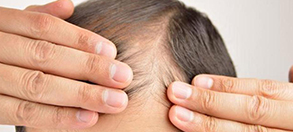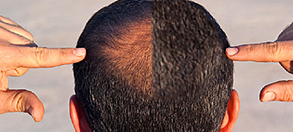Dr. Melike Kibar, among your publications, you recently had a peer-reviewed manuscript titled, “Scalp dermatoscopic findings in androgenetic alopecia and their relations with disease severity.” Can you tell us in a simple manner, and 1-2 sentences, what is the take away is for the average person who has hair loss and would be interested in your work?
‘Dermatoscope’ is a very useful device in the diagnosis and predicting the course of alopecia.
You use a special instrument called a dermatoscope in the study, do you use this on all your non-study balding patients also?
l prefer to use it in almost all my patients suffering from AGA; for example, skin with increased vessels and increased number of hairs from one hair follicle help me to guess a new starting alopecia, while brown and white dots alert me for severity. Besides brown pigmentation seen around follicles and the interfollicular area may be due to cosmetics and chemicals so l don’t offer these patients to use different types of shampoos and shampoos with multiple chemical ingredients so frequently.
What general advice do you give to the typical male or female with androgenetic alopecia?
l advise all my patients with AGA to be in contact with their physician at least once in a year in order to see the severity of the disease.
Approximately, how often do you do a scalp biopsy on a hair loss patient?
l rarely need scalp biopsy on identification the cause of alopecia because dermatoscope is almost enough to diagnose androgenetic alopecia
What do you see as the most promising development in hair loss research in the next 5 years that will have a practical/clinical application?
Admittedly, we all know we can not stop AGA but we can delay with cosmetics, some medications etc. so the most promising development in AGA research will be the transfer of hairs made from one’s own stem cells.’
More about the expert?
Melike Kibar is a Dermatologist at Dokuz Eylul University
Read more hair expert interviews.


